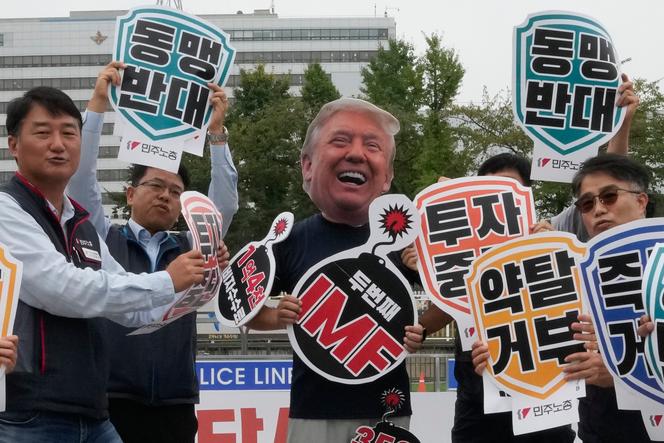


It's a never-ending war. Six months after April 2, declared "Liberation Day" by Donald Trump, the American tariff offensive has continued. On Thursday, September 25, the American president announced new tariffs of up to 100% on furniture, trucks and patented medicines. A month earlier, on August 27, India was targeted with a 50% tax on its imports, as Washington accused it of supporting Russia's war efforts by purchasing Russian oil.
When Trump unveiled these tariffs on April 2, they were initially presented as "reciprocal": They were meant to reduce the US trade deficit, which reached a record $1.2 trillion in 2024, or 4% of GDP, according to Washington. Since then, tariffs have also become a weapon in the service of US geopolitical and economic interests. Whatever the grievance, the same threat has always been wielded. When the European Union imposed a record $2.95 billion fine on Google at the end of September, the US president hinted at retaliation by taxing European imports. When former Brazilian president Jair Bolsonaro, a Trump ally, was sentenced to 27 years in prison on September 12 for attempting a coup after his defeat in the 2022 presidential election, a 50% surcharge was imposed on Brazilian products.
You have 84.73% of this article left to read. The rest is for subscribers only.
